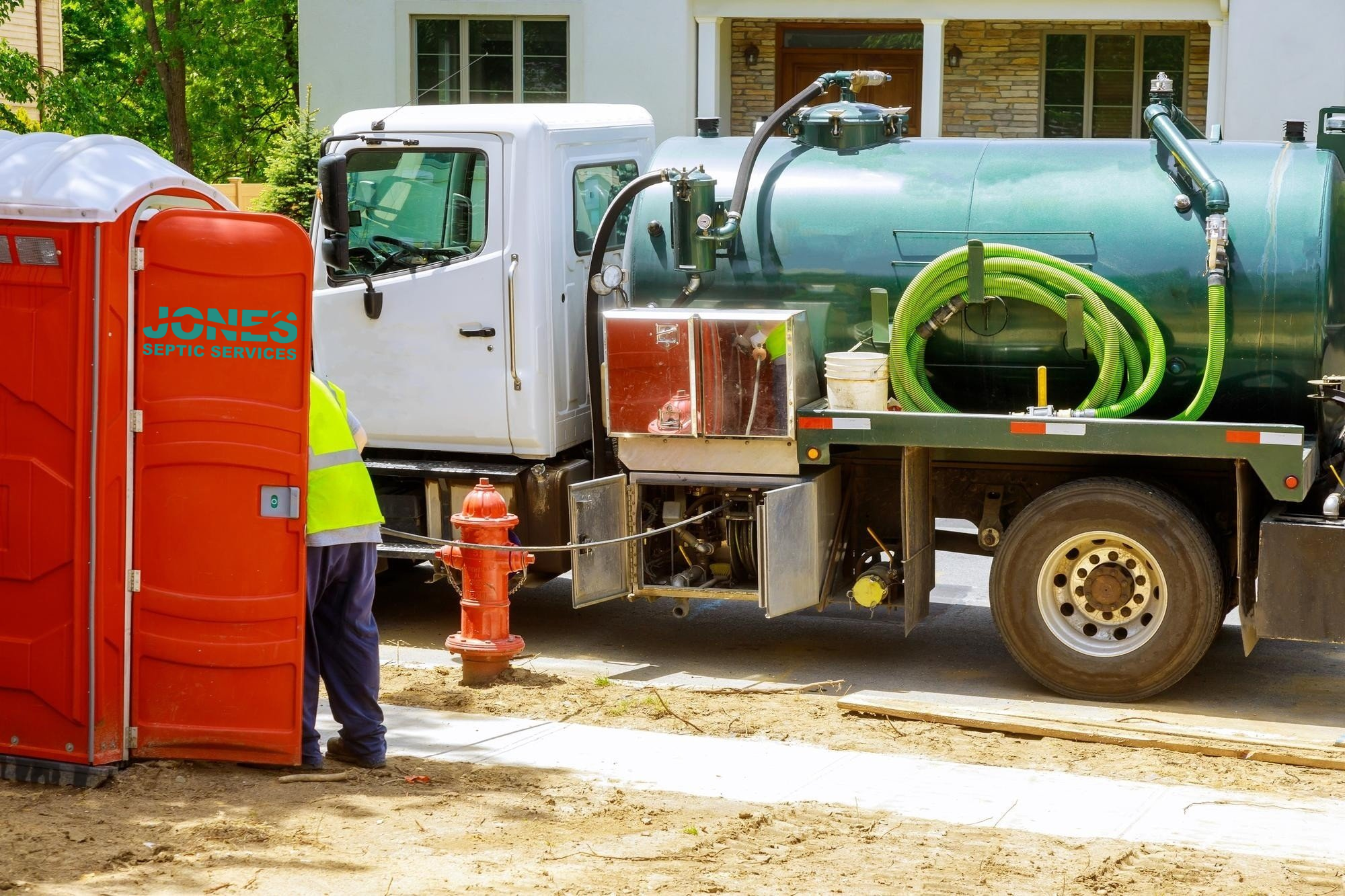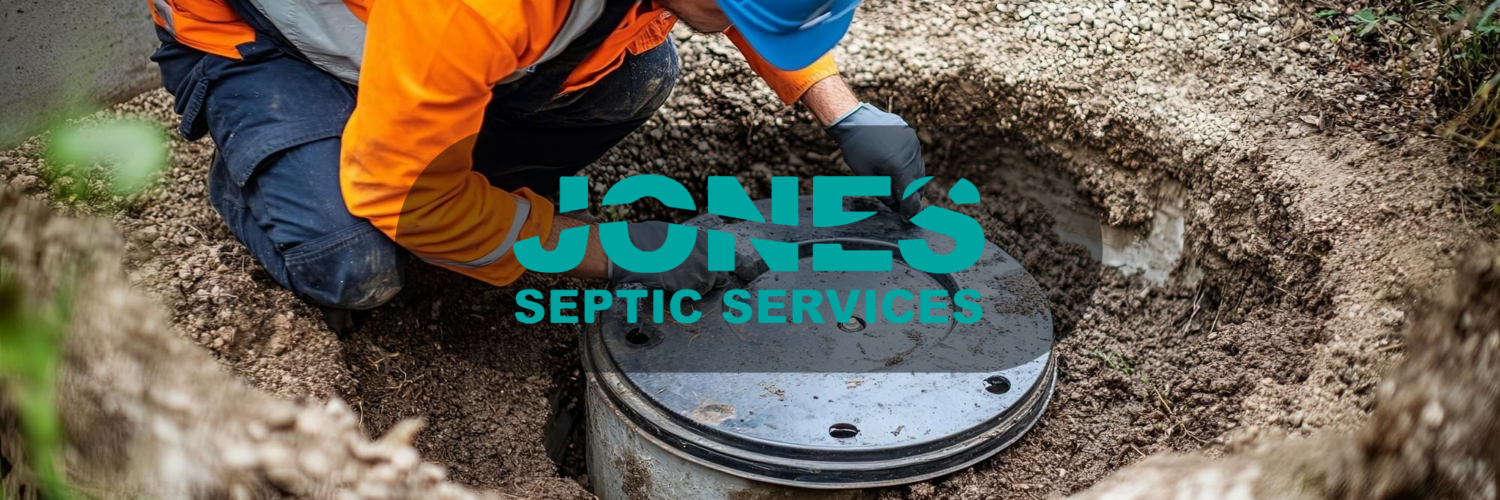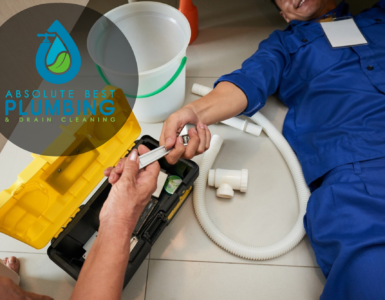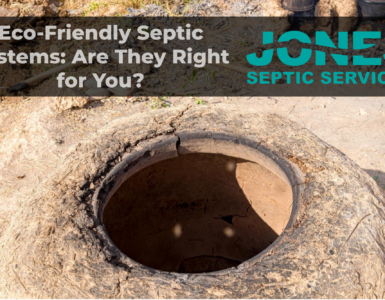A Guide to Trusted Septic Care in the Hudson Valley
Septic systems are a fundamental part of daily life for many residents, business owners, and property managers in Dutchess County, New York. In areas not connected to municipal sewer systems, which includes a significant portion of the regional properly installed and well-maintained septic system is essential. It handles all wastewater generated on-site, protects groundwater, supports public health, and ensures compliance with environmental standards.
Given the county’s diverse soil conditions, rolling terrain, and proximity to sensitive water bodies, not all septic systems are created equal. Choosing the right solution requires a detailed understanding of your property’s landscape and regulatory requirements.
Whether you’re a homeowner maintaining a private system, a commercial property manager overseeing multiple units, or a real estate professional guiding a transaction, reliable septic care starts with informed decision-making. From installations and inspections to advanced treatment systems and emergency repairs, knowing what services are available and which are best suited to local conditions is the key to long-term performance and peace of mind.
This comprehensive guide explores the most common septic challenges in Dutchess County, essential system components, local regulatory expectations, and the trusted service offerings that keep Hudson Valley septic systems running smoothly.
How Septic Systems Work in Dutchess County
Most septic systems in Dutchess County operate through a two-part process that combines mechanical separation and natural filtration. First, a septic tank separates solids from liquids. Solids settle at the bottom as sludge, while lighter materials like oils and grease rise to the top to form scum. This initial treatment stage holds and begins to break down waste through anaerobic bacterial activity.
Next, the partially treated effluent flows into a drain field, also known as a leach field. There, it is dispersed through a series of perforated pipes and filtered through the surrounding soil. This is where the soil’s absorption capacity becomes critical and provides the final stage of treatment by removing pathogens, nutrients, and contaminants before the water reenters the groundwater system.
Over time, the tank fills with sludge and scum that must be removed to maintain system efficiency. Without regular pump-outs, these solids can flow into the drain field, clogging it and causing costly failures or backups.
In Dutchess County, factors such as soil permeability, water table levels, and property layout all play a major role in system design and ongoing maintenance. Professionals must evaluate each site’s unique characteristics to ensure reliable performance.
For example:
- In Red Hook, where clay-heavy terrain is common, traditional drain fields often struggle due to the soil’s poor percolation capacity. Clay retains moisture and drains slowly, which increases the risk of oversaturation, surface pooling, and system failure. To address these conditions, septic professionals frequently recommend engineered systems such as mound configurations or pressure distribution setups. These solutions help ensure effluent is distributed evenly and elevated above saturated zones, allowing for safer, more reliable absorption despite the challenging soil profile. Proper system design in Red Hook is essential to meet code and protect groundwater.
- In East Fishkill, sandy soils offer excellent drainage, which allows effluent to percolate quickly through the ground. While this rapid flow reduces the risk of surface pooling or backups, it also limits the soil’s natural filtration capacity. As a result, bacteria, nitrates, and other contaminants may reach the groundwater before being fully treated. To prevent this, septic systems in sandy areas often require added filtration measures, such as aerobic treatment units, lined trenches, or media filters. These enhancements help protect nearby wells and water bodies, ensuring the system meets health and environmental standards.
- Properties near rivers, wetlands, or on steep slopes face additional environmental and structural challenges when it comes to septic design. In these sensitive or topographically complex areas, traditional systems may not provide adequate protection or performance. High water tables, erosion risks, and limited space for drain field placement can all compromise functionality. To maintain compliance with county and state environmental regulations, these properties often require elevated systems, such as mound setups, or alternative designs that include pressure dosing, aerobic treatment, or holding tanks. These tailored solutions ensure wastewater is treated effectively without impacting nearby water bodies or unstable terrain.
Dutchess County septic professionals are trained to navigate these challenges, ensuring that every installation or service aligns with local environmental regulations and the specific needs of the property. Understanding this local variation is key to building a system that works efficiently and lasts for decades.

Essential Septic Services for Long-Term System Health
Septic Tank Pumping and Cleaning
Regular Dutchess County NY Septic Tank Pumping is one of the most critical tasks to preserve septic functionality. Pumping removes solids that cannot be broken down by bacteria, reducing the risk of backups.
Complementary to this, Dutchess County NY Septic Tank Cleaning flushes remaining sludge and grease to fully clear the tank and prepare it for optimal operation.
- Prevents system overflows
- Recommended every 3–5 years, depending on usage
- Supports drain field longevity
Septic Inspections for Homeowners and Buyers
Routine Dutchess County NY Septic Tank Inspection helps detect wear, tank damage, or pipe blockages early. Inspections are also commonly required for real estate transactions or renovations.
- Assesses water flow and tank structure
- Verifies compliance with local codes
- Offers peace of mind for prospective buyers
Drain Field Repairs & Pipe Snaking
When wastewater fails to drain efficiently, the issue often originates in the leach field (drain field), the component responsible for dispersing treated effluent into the soil. Over time, this field can become clogged with solids, grease, or biological buildup, or experience structural damage from roots or compacted soil. When this happens, signs like slow drains, gurgling toilets, or pooling water above the field begin to appear.
To address early-stage problems, services like pipe snaking and high-pressure jetting are highly effective. These non-invasive techniques remove obstructions in the lateral lines and distribution box, restoring proper flow and delaying more extensive repairs.
Common causes of drain field and pipe issues include:
- Root intrusion: Tree roots naturally seek moisture and can crack, clog, or completely invade pipes and junctions.
- Compacted or saturated soil: Especially in areas with heavy clay or high water tables, the soil may lose its ability to absorb water, backing up the entire system.
- Aging infrastructure: Older systems may suffer from collapsed lines or outdated materials that no longer meet current standards.
In more serious cases such as widespread field failure or collapsed distribution lines, full drain field restoration or replacement may be required. This process involves soil evaluation, reconfiguration of the field layout, and installation of new perforated piping and engineered media layers, tailored to current site conditions.
Restoration helps extend system life, prevents environmental contamination, and brings your system back into compliance. Whether you need minor clearing or a complete overhaul, our team provides targeted solutions that restore performance and protect your investment.
When Installation or Replacement Is the Right Move
Many homes in Dutchess County were built with aging septic systems that are now due for replacement. A professional Dutchess County NY Septic Tank Installation ensures new systems meet current regulations, soil standards, and household capacity needs.
For failing systems or those needing upgrades, local septic professionals provide tailored solutions that align with terrain, usage patterns, and environmental conditions.
- Required when adding bedrooms or expanding property
- Includes soil testing and permit acquisition
- Prevents health hazards and legal liabilities
What to Expect During Septic Repairs
From broken tank lids to damaged distribution boxes, septic systems sometimes require targeted repairs. For most issues, timely Dutchess County Septic Tank Repair can prevent more extensive system failure.
Repairs may involve:
- Replacing collapsed pipes
- Sealing cracks in concrete tanks
- Adjusting faulty drain field components
Understanding Regional Regulations and Standards
Oversight by Dutchess County DBCH
The Dutchess County Department of Behavioral & Community Health (DBCH) plays a central role in overseeing septic system design, installation, inspection, and modification throughout the county. As the governing body responsible for protecting public health and groundwater quality, DBCH enforces a strict permitting and review process to ensure that all septic systems meet environmental and safety standards.
Homeowners are required to secure DBCH permits for:
- New septic system installations
- Major repairs or component replacements (e.g., tanks, drain fields, distribution boxes)
- System upgrades due to property expansion or increased usage
- Remediation following system failures or code violations
All permitted work must be completed by licensed professionals, and most projects require final inspection and approval by DBCH staff before the system can be backfilled or put into use.
By maintaining clear oversight, DBCH ensures septic systems are safe, code-compliant, and capable of protecting the region’s sensitive water resources. Homeowners and contractors are encouraged to coordinate early in the planning process to avoid delays and ensure smooth compliance with county regulations.
Compliance with Statewide Septic Guidelines
The New York State Department of Health outlines statewide minimum standards for onsite wastewater systems, including tank size, setback distances, and drain field design.
Access to Upgrade Incentives
Homeowners in environmentally sensitive zones may qualify for support through the DEC Septic Replacement Program. These incentives help offset costs associated with modernizing failing systems.
Portable Toilet Rentals and Temporary Solutions
For construction projects, outdoor events, and seasonal property use, portable sanitation solutions are essential for maintaining hygiene and complying with health regulations especially in areas without access to permanent restrooms. Whether you’re managing a multi-week job site or organizing a weekend festival, properly maintained portable toilets ensure safe, sanitary conditions for workers, guests, and the surrounding environment.
When managed by trained professionals, these units offer reliable waste containment and hygienic waste removal compliant with local laws, including Dutchess County DBCH and New York State sanitation codes.
Portable toilets are:
- Useful for event organizers, builders, and seasonal sites: They provide a necessary solution where septic systems are inaccessible, under repair, or not practical for short-term use.
- Available in multiple sizes and configurations: Options range from basic single units to ADA-compliant restrooms, multi-stall trailers, and units with handwashing stations.
- Required to be maintained regularly by licensed haulers: Routine servicing includes waste pumping, cleaning, sanitizing, and restocking of supplies to ensure health standards are met and odors are controlled.
Our portable toilet services include delivery, setup, scheduled maintenance, and pickup. We serve both residential and commercial clients throughout Dutchess County with fast response times and flexible rental terms. Whether you need coverage for a weekend, a full construction season, or a recurring public event, we help keep your site clean, compliant, and comfortable.
Tips for Extending the Life of a Septic System
Maintaining a septic system goes beyond pumping. Homeowners in Dutchess County can improve longevity with a few consistent practices:
- Avoid flushing wipes, grease, or non-degradable items
- Space out laundry loads to reduce water surges
- Keep trees and shrubs away from the drain field
- Divert gutters and runoff away from the tank area
Educational resources like the EPA’s SepticSmart program provide helpful guidance for daily care and seasonal best practices.

Considerations for Builders and Real Estate Professionals
Contractors and real estate agents play a vital role in ensuring that septic systems are properly evaluated, permitted, and disclosed especially in a region like Dutchess County, where septic infrastructure is common and heavily regulated. Whether developing a new build, expanding an existing property, or facilitating a real estate transaction, these professionals often rely on septic experts to provide critical compliance guidance and accurate system assessments.
Key project milestones that require septic oversight include:
- New construction planning: Before any building permit can be issued in Dutchess County, the proposed site must undergo percolation testing and a deep-hole soil analysis to determine if it can support a septic system. These tests measure how quickly water drains through the soil and identify factors like groundwater depth and soil composition. The results are critical for designing a system that will perform effectively and comply with local health regulations.
Engineers and builders must collaborate closely with licensed septic professionals during this phase to develop a system layout that meets both Dutchess County DBCH codes and state environmental standards. This includes planning for tank and drain field sizing, setbacks from property lines and water sources, and terrain challenges such as slope or shallow bedrock. Coordinated planning helps streamline approvals, avoid redesigns, and ensure the system is built for long-term reliability.
- Property expansions: When homeowners add bedrooms, bathrooms, or major square footage, especially kitchens or laundry areas, directly impacts the volume of daily wastewater the septic system must handle. In Dutchess County, such expansions typically trigger a mandatory reevaluation of the existing system to ensure it’s still properly sized and functioning. If the system is undersized or outdated, it may require a permit modification, resizing of the tank or drain field, or even full system replacement to meet current code and capacity standards. Addressing this early in the planning process helps avoid construction delays and ensures long-term compliance and performance.
- Title transfers requiring verified inspections: During a real estate transaction, particularly those involving FHA, VA, or USDA loans, mortgage lenders typically require a documented septic inspection before approving the loan. This process ensures the septic system is fully functional, code-compliant, and safe for continued use. A licensed septic technician must inspect the tank, pipes, and drain field, and verify there are no red flags such as signs of system failure, non-permitted modifications, or violations of required setbacks from wells or property lines. A failed inspection can delay closing or require costly repairs, making early coordination with a septic professional critical for a smooth transaction.
Knowing local permit timelines and inspection standards is essential for keeping projects and closings on track. In Dutchess County, septic system permitting, inspection scheduling, and regulatory approvals are managed through the Department of Behavioral & Community Health (DBCH), which maintains strict documentation and setback requirements.
Professionals who proactively coordinate with septic providers avoid delays, ensure legal compliance, and protect their clients from unexpected costs or liabilities. Our team works closely with builders, developers, and agents to streamline the process from site evaluation and engineering review to system certification and final DBCH approval.
Signs of Septic Trouble to Watch For
Early detection prevents major issues. Septic systems are designed to run silently and out of sight, but that doesn’t mean they’re maintenance-free. When something begins to go wrong, the system often gives off subtle warning signs well before a complete failure occurs. These signs may appear in the form of odors, slow drainage, wet spots, or strange plumbing noises. Recognizing and addressing these early indicators allows homeowners and property managers to take corrective action quickly, avoiding health risks, environmental contamination, and the high cost of emergency repairs or full system replacement. Proactive awareness is the first step in responsible septic system ownership.
Here are common warning signs of a struggling system:
- Gurgling drains or toilets: Unusual gurgling sounds in sinks, showers, or toilets often result from air pockets trapped in the plumbing system, caused by slow-moving or obstructed wastewater flow. This may signal the early stages of a blockage in your pipes or a septic tank approaching capacity. In some cases, it indicates that the drain field is oversaturated or failing, preventing wastewater from dispersing as it should. While gurgling may seem minor at first, it’s often an early warning sign of deeper system issues that require prompt inspection.
- Wet areas above the tank or drain field: If you see soggy patches, standing water, or unusually lush grass in the area above your septic system, especially during periods of dry weather it’s a strong indicator that effluent is surfacing. This often results from soil saturation, a clogged or compacted drain field, or a complete drain field failure, preventing proper absorption. When wastewater can’t infiltrate the soil, it rises to the surface, posing serious environmental and health hazards. Early detection and professional evaluation are key to preventing escalation and costly remediation.
- Sewage odors indoors or outdoors: Persistent sewage smells whether in your bathroom, near drains, or around your yard are a clear sign that something is wrong. These odors often indicate wastewater is not being properly contained, ventilated, or treated. Common causes include an overflowing septic tank, cracked or broken pipes, or a blocked vent system that prevents gases from escaping safely. In some cases, the smell may also result from a saturated or failing drain field allowing effluent to surface. Any noticeable odor should prompt immediate inspection to prevent health risks and property damage.
- Frequent clogs or backups: If you find yourself repeatedly plunging toilets or dealing with slow drains, the problem may extend beyond simple plumbing. Frequent backups often indicate deeper issues, such as a septic tank that’s overdue for pumping, obstructed or damaged outlet pipes, or a drain field that’s no longer absorbing wastewater effectively. These symptoms should never be ignored, as they may signal an impending system failure. Prompt professional assessment can help determine the root cause and prevent further damage or costly emergency repairs.
Addressing these symptoms quickly is critical not only to protect your home but also to reduce environmental risk. Untreated wastewater can leach into local groundwater, contaminate nearby wells, or create health hazards for families and neighbors.
If you notice any of these signs, don’t wait. Call a qualified septic professional to inspect the system, diagnose the issue, and recommend the best course of action. With timely care, many problems can be resolved with maintenance or minor repairs avoiding the disruption and expense of a full system replacement.
Building Confidence in Septic System Care
For Dutchess County residents, septic services aren’t just an occasional need, they’re a fundamental part of routine property care. Whether you’re managing a sprawling estate in Millbrook, a lakeside cottage in Pine Plains, or a commercial facility in Poughkeepsie, reliable septic performance depends on ongoing attention, professional guidance, and system-specific solutions.
When you partner with knowledgeable professionals, you gain more than a service provider; you gain a long-term resource. Trained septic specialists understand local soil conditions, topography, and health regulations, helping you stay compliant while optimizing system performance. They can anticipate seasonal risks, navigate permitting processes, and tailor recommendations to your property’s unique layout and usage patterns.
The right combination of regular inspections, timely pump-outs, targeted repairs, and proactive homeowner education helps prevent unexpected failures, protect groundwater quality, and avoid fines or legal setbacks. Just as important, it preserves your property value by ensuring your wastewater infrastructure remains in peak condition year after year.
In a region where environmental stewardship and property independence go hand in hand, investing in trusted septic care is one of the smartest decisions you can make. It’s not just about avoiding problems, it’s about building confidence in the long-term health, safety, and value of your home or business.





